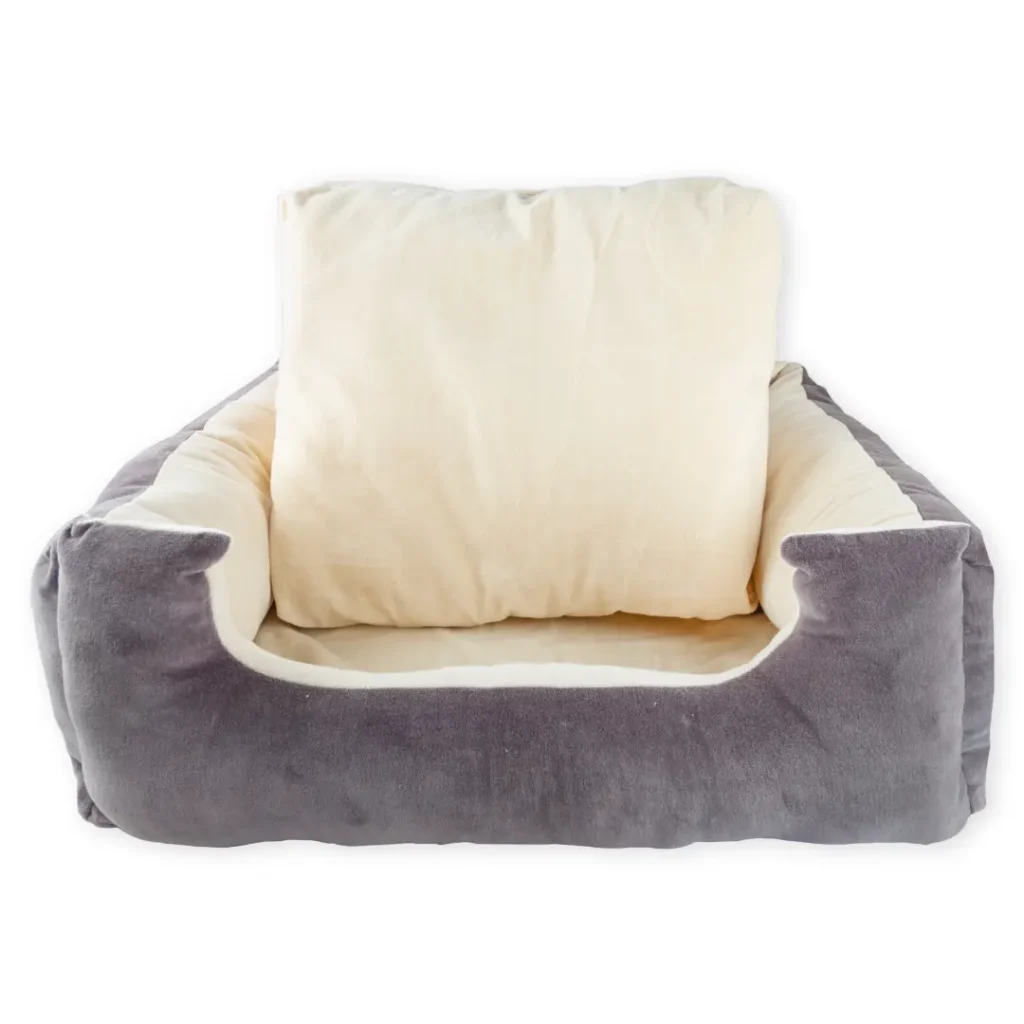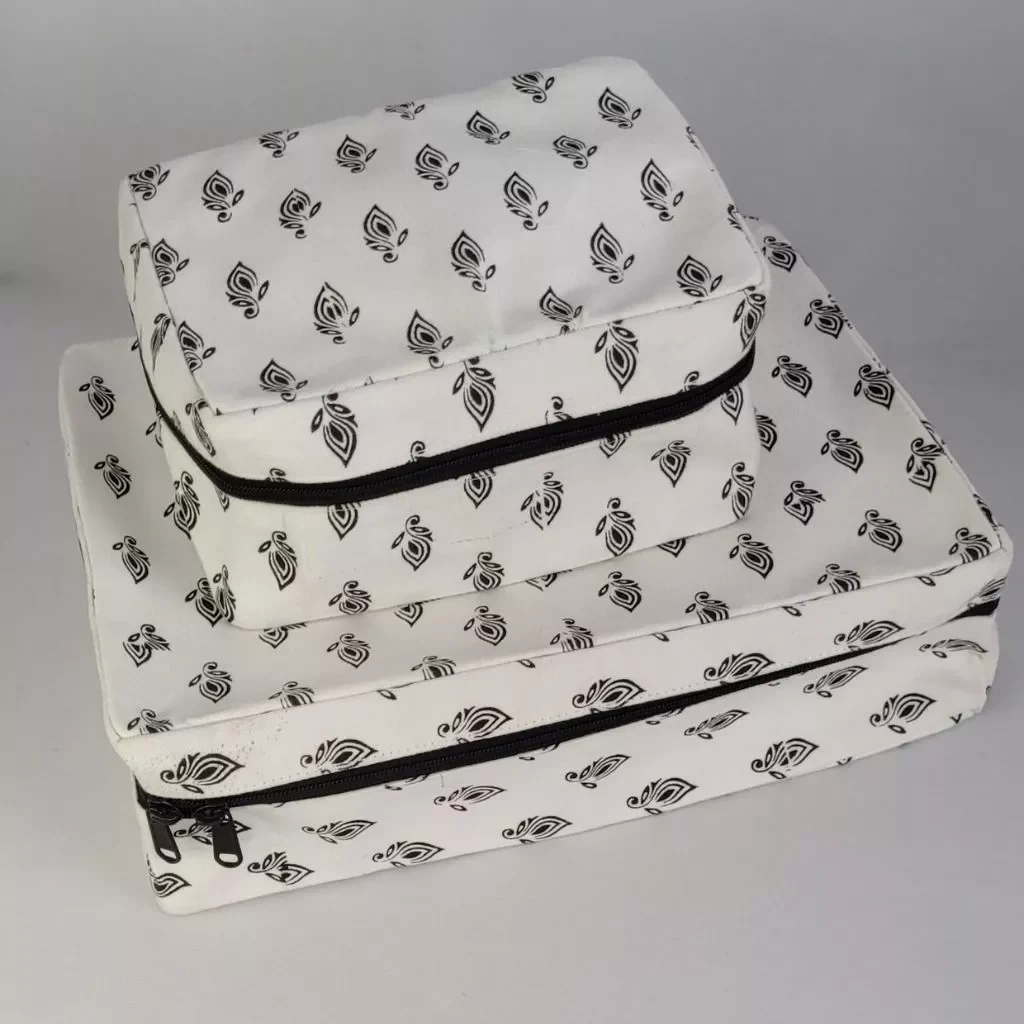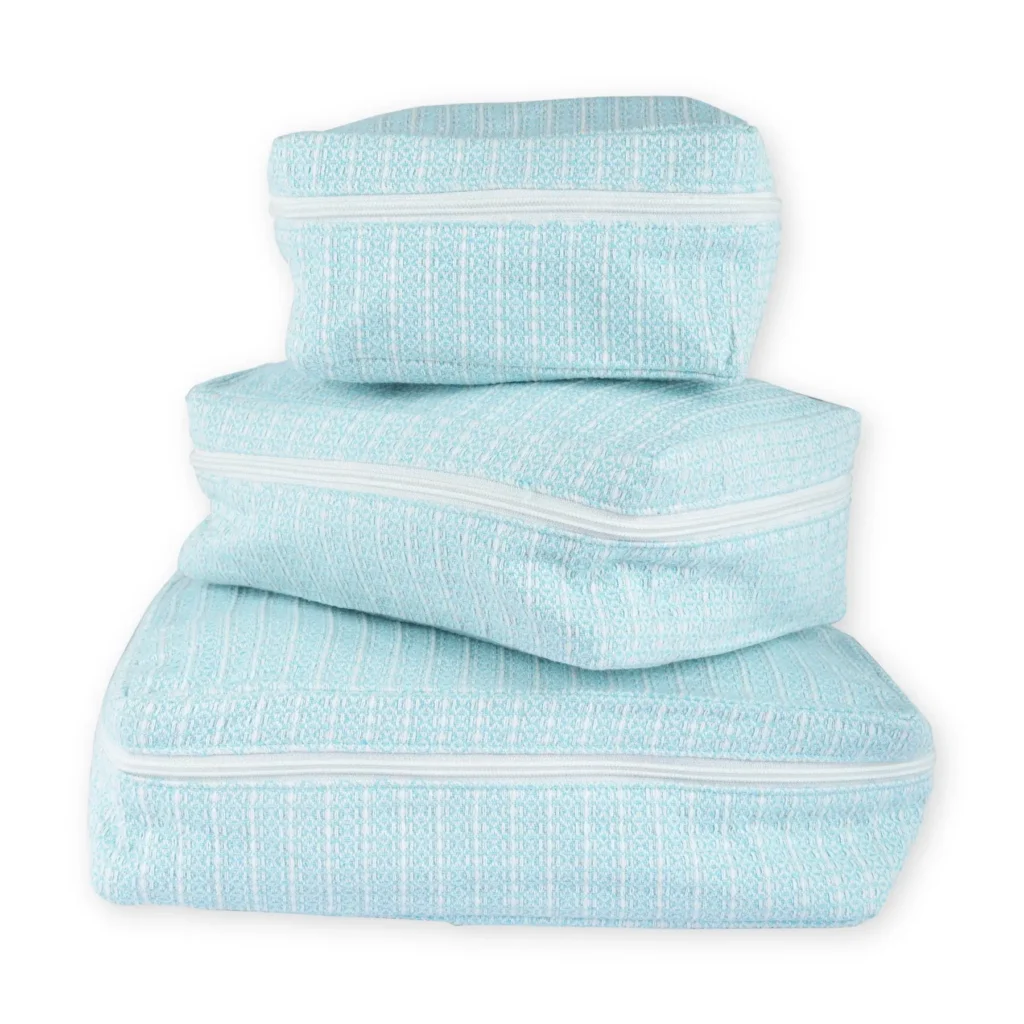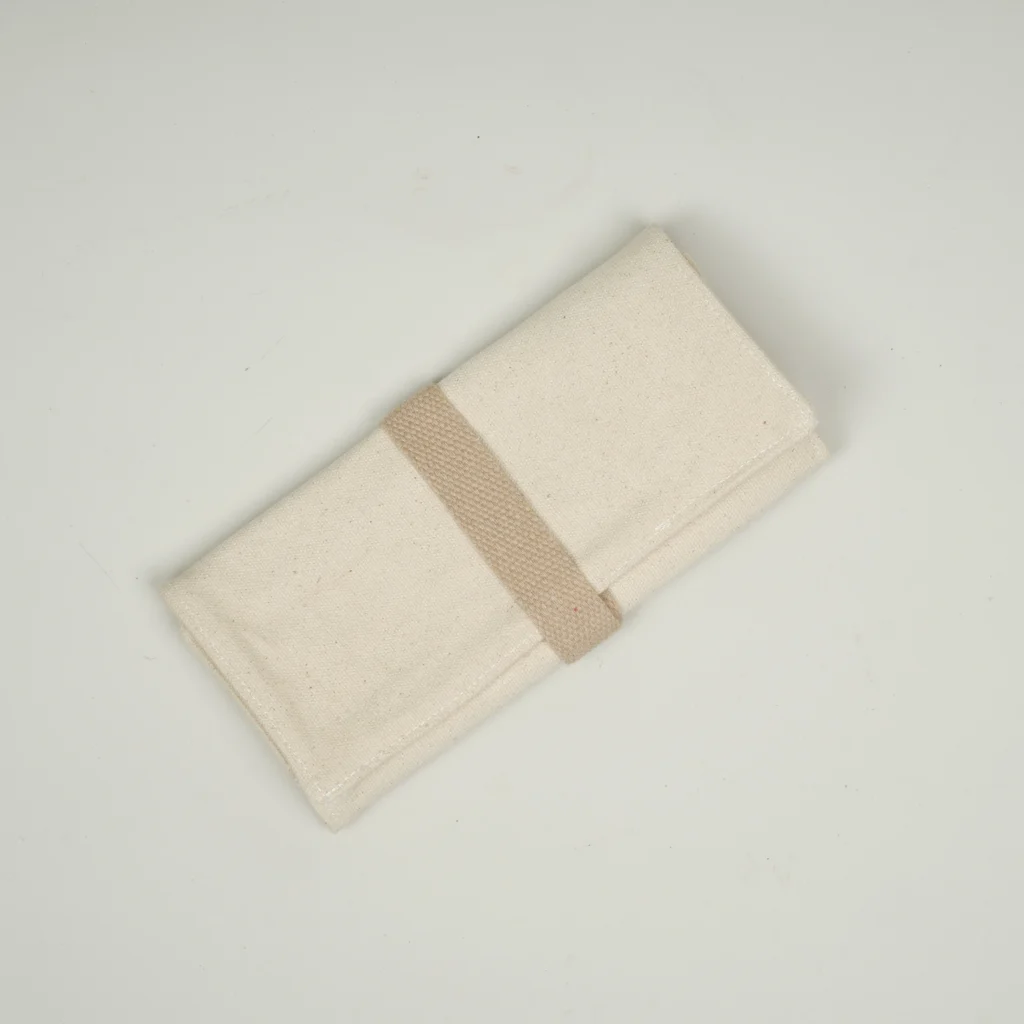From Waste to Wonder: The Journey of Recycled Cotton in Bagworld Product
The fashion industry is evolving: eco-friendly bags are no longer a niche but a fast-growing trend in sustainable fashion. Bagworld India, a Chennai-based manufacturer founded in 2018, has made sustainability its core mission. In India alone, roughly 7.8 million tonnes of textile waste accumulate each year (about 8.5% of the global total). Much of this ends up in landfills. Bagworld aims to turn that waste into wonder by transforming discarded cotton into high-quality recycled cotton bags, helping customers swap plastic for eco-friendly alternatives.
From Textile Scrap to New Yarn: The Recycled Cotton Process
Recycled cotton begins as post-consumer (used garments) or pre-consumer waste (mill offcuts). Bagworld and other recyclers collect cotton fabrics that would otherwise be thrown away. Here’s how that waste becomes yarn and fabric:
Collection: Used cotton garments, textile clippings and cutting scraps are gathered from factories, thrift stores, and textile waste streams. India’s booming textile industry generates enormous scrap (about a fifth of waste ends up in landfills), so tapping into pre- and post-consumer waste is the first step toward a circular solution.
Sorting and Cleaning: The collected cotton is sorted by color and quality. Technicians remove non-cotton materials (buttons, zippers) and contaminants. It’s often washed or mechanically cleaned to remove dirt and residues. This ensures the recycled fibers will be consistent and dye-ready without excessive chemical use.
Shredding (Fiberization): Cleaned textiles are fed into industrial shredders or carding machines that tear the fabric apart into loose, fluffy fibers. Think of it like a huge blender for cloth: the material is broken into a fibrous “pulp.”
Blending & Spinning: To improve strength and softness, recycled fibers are often blended with a proportion of virgin cotton. The mix is then carded and spun on traditional spinning frames, transforming the pulp into continuous yarn. This spinning process determines the final yarn thickness and texture. The resulting recycled cotton yarn can be dyed into a range of colors.
Weaving or Knitting: The recycled yarn is then woven or knitted into fabric on looms. During weaving, warp and weft yarns interlace to form cloth. The fabric undergoes finishing (washing, combing) to ensure it’s soft and durable. This finished material is identical in feel to conventional cotton fabric, but much greener.
Cotton recycling in action: shredded fabric scraps form a fluffy mass of fiber. Such shredding machines break down textile waste into pieces that can be re-spun into new yarn.
Spools of recycled cotton yarn ready for weaving. After spinning and dyeing, these yarns become the fabric for Bagworld’s eco-friendly bags.
Crafting the Final Product: Bag Design and Production
- Material selection: Suppliers provide GRS/GRS-certified recycled fabrics and other eco-materials. Bagworld’s own “Beyond Beleaf” home collection, for example, uses hemp and bamboo.
- Cutting and Sewing: Skilled artisans (an all-women workforce in Tamil Nadu) cut the recycled fabric and sew it into bags. By operating ethically and locally, Bagworld empowers communities while keeping the carbon footprint low.
- Finishing: Each bag undergoes strict quality checks (Bagworld has in-house labs and third-party audits). Durable straps and sturdy stitching ensure the bag lasts for years. Finally, the recycled-cotton bags are ready to ship to customers worldwide.
Environmental Benefits of Recycled Cotton
Choosing recycled cotton bags brings powerful ecological gains:
- Less Waste to Landfills: Every recycled bag diverts cotton from dumps. As one source notes, “by recycling cotton, the amount of textile waste that ends up in landfills is significantly reduced”. This tackles India’s textile waste challenge head-on.
- Water and Energy Savings: Growing new cotton is water-intensive. Remarkably, recycling 1 ton of cotton saves about 765,000 liters of water. It also cuts energy use since the farming and initial processing steps are skipped.
- Lower Carbon Footprint: Recycled cotton avoids many stages of agriculture (plowing, pesticides, ginning), reducing greenhouse gas emissions. Studies find that using recycled cotton cuts CO₂ emissions compared to virgin fiber production.
- Reduced Chemicals and Land Use: Textile recycling slashes the need for fertilizers, herbicides, and large plots of farmland. Less chemical runoff means healthier soil and waterways.
- Circular Economy and Social Impact: By keeping fibers in use longer, recycled cotton promotes a true circular economy. It also supports local economies—recycling and bag manufacturing create jobs (Bagworld notes that training local women on its campus boosts skill development and livelihoods).
In short, a recycled cotton bag isn’t just one less plastic tote; it’s a ripple of sustainability. An infographic could highlight these stats (e.g. liters of water saved or CO₂ avoided per bag) to make the impact clear.














